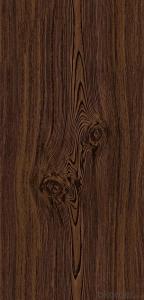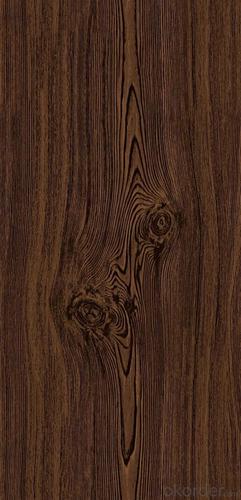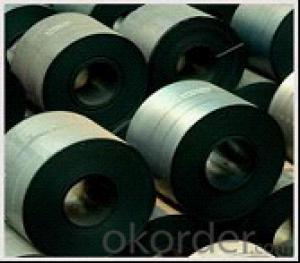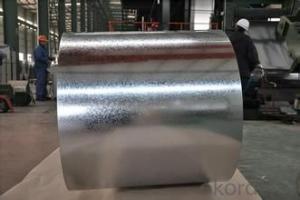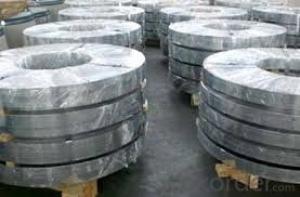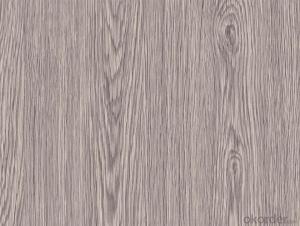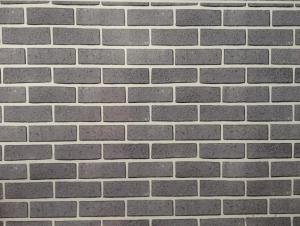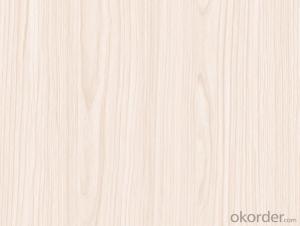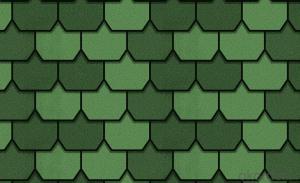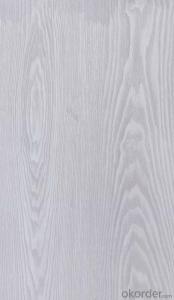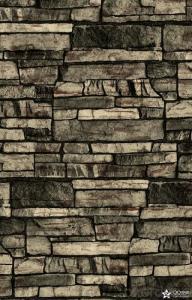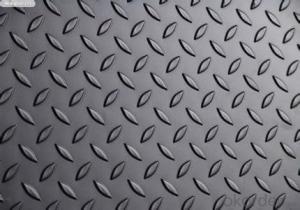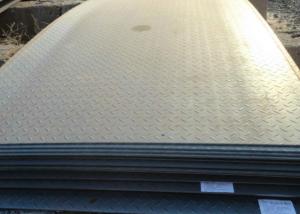color bond surface coating steel plate
- Loading Port:
- China Main Port
- Payment Terms:
- TT OR LC
- Min Order Qty:
- -
- Supply Capability:
- -
OKorder Service Pledge
OKorder Financial Service
You Might Also Like
1. Color bond surface coating steel plate :
More than ten years experiences, the products are sold to the domestic city and some international cities we strivc to develop production of color coating steel plate the plating (aluminum )zinc steel. Coil cheickness between 0.6mm and 1.5mm and the width from 600mm to 1250mm and a variety of high durability of color coating steel plate.
2.The company has multiple layer patterns for customers to choose The company provides products deep processing services ,meet the various needs of customers on board specifications All of out products comply with international quality standards and are greatly appreciated in a variety of different markets throughout the world.
3.If you ate interested in any of our products or would like to discuss a custom order please feel free to contact us we are looking forward to forming successful business relationships with new clients around the world in the near future.
4.We can design the color and thickness according to customers' requirements. The delivery time is only 30 day after you confirm the order.
- Q: How do steel sheets compare to glass sheets?
- Different applications require distinct characteristics in steel sheets and glass sheets. To begin with, steel sheets are renowned for their strength and durability, enabling them to bear heavy loads and resist impact and damage effectively. Consequently, they are well-suited for construction purposes, including building manufacturing, bridge construction, and machinery development. Furthermore, steel sheets provide excellent fire protection and can withstand extreme weather conditions. On the other hand, glass sheets are highly valued for their transparency and aesthetic appeal. By allowing natural light to pass through, they create a bright and open atmosphere. Consequently, glass sheets are commonly used in windows, doors, and architectural structures to enhance visibility and the visual appeal of a space. Additionally, glass sheets possess excellent thermal insulation properties, which aid in reducing energy consumption in buildings. When it comes to maintenance, steel sheets require minimal upkeep due to their corrosion resistance and infrequent need for cleaning. However, they may require painting or protective coatings to prevent rusting. Conversely, glass sheets may need regular cleaning to maintain their transparency and appearance. Moreover, they are more prone to scratching and breakage compared to steel sheets. Lastly, cost must be considered. Generally, steel sheets have a lower initial cost compared to glass sheets. However, the overall cost may vary depending on factors such as size, thickness, and quality. Additionally, the installation and maintenance costs should also be taken into account. In conclusion, steel sheets and glass sheets possess unique characteristics and properties. The choice between the two depends on specific project requirements, including strength, transparency, aesthetics, maintenance, and cost considerations.
- Q: How do steel sheets handle thermal insulation?
- Steel sheets are not good thermal insulators as they conduct heat very well.
- Q: How can the offset film affixed to the cold-rolled steel sheet be removed?
- 1, with paper towels stained with some alcohol (preferably with industrial alcohol, not to use medical also OK) wipe, and then rub a few times on the clean.2. Use acetone. Method ibid. Less and thoroughly, and best of all, it removes the residual gum quickly, easily, and more efficiently than the essence.
- Q: Are steel sheets resistant to UV radiation?
- No, steel sheets are not resistant to UV radiation.
- Q: What are the different types of steel sheet surface coatings for corrosion resistance?
- There are several types of steel sheet surface coatings available for corrosion resistance, including galvanized coatings, zinc-rich coatings, aluminum coatings, and organic coatings such as paint or epoxy. Each coating offers unique benefits and application suitability depending on the specific requirements and environmental conditions.
- Q: What's the density of the 0.5 color steel plate?
- The traditional coating is divided into several categories, the most high-grade is fluorocarbon coating, almost 20 years of anti-corrosion. Generally from the steel mill to reel in the form of distribution to all parts.
- Q: What are the dimensions of steel sheets?
- The dimensions of steel sheets vary depending on the specific application and manufacturer. However, steel sheets typically come in standard sizes ranging from 4 feet by 8 feet (1.2 meters by 2.4 meters) to 6 feet by 10 feet (1.8 meters by 3 meters). Additionally, thicknesses can range from 0.015 inches (0.4 millimeters) to over 1 inch (25 millimeters), again depending on the intended use.
- Q: What is the lifespan of a steel sheet?
- The lifespan of a steel sheet can vary depending on various factors such as the quality of the steel, its usage conditions, and the level of maintenance. However, on average, a steel sheet can last anywhere between 20 to 30 years.
- Q: Can steel sheets be used for electrical conductors or grounding?
- Yes, steel sheets can be used for electrical conductors or grounding, although they are not as efficient as other materials such as copper or aluminum. Steel has a relatively higher electrical resistance compared to these materials, which may result in higher power losses. However, in certain applications, steel sheets can still be used effectively for electrical grounding or as conductors, especially when cost or other factors need to be considered.
- Q: How do you calculate the weight of a steel sheet?
- To calculate the weight of a steel sheet, you need to know its dimensions (length, width, and thickness) and the specific gravity of steel. Multiply the area of the sheet (length multiplied by width) by the thickness and then multiply the result by the specific gravity of steel (usually around 7.85 g/cm³). This will give you the weight of the steel sheet in grams or kilograms.
Send your message to us
color bond surface coating steel plate
- Loading Port:
- China Main Port
- Payment Terms:
- TT OR LC
- Min Order Qty:
- -
- Supply Capability:
- -
OKorder Service Pledge
OKorder Financial Service
Similar products
Hot products
Hot Searches
Related keywords
